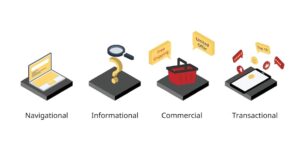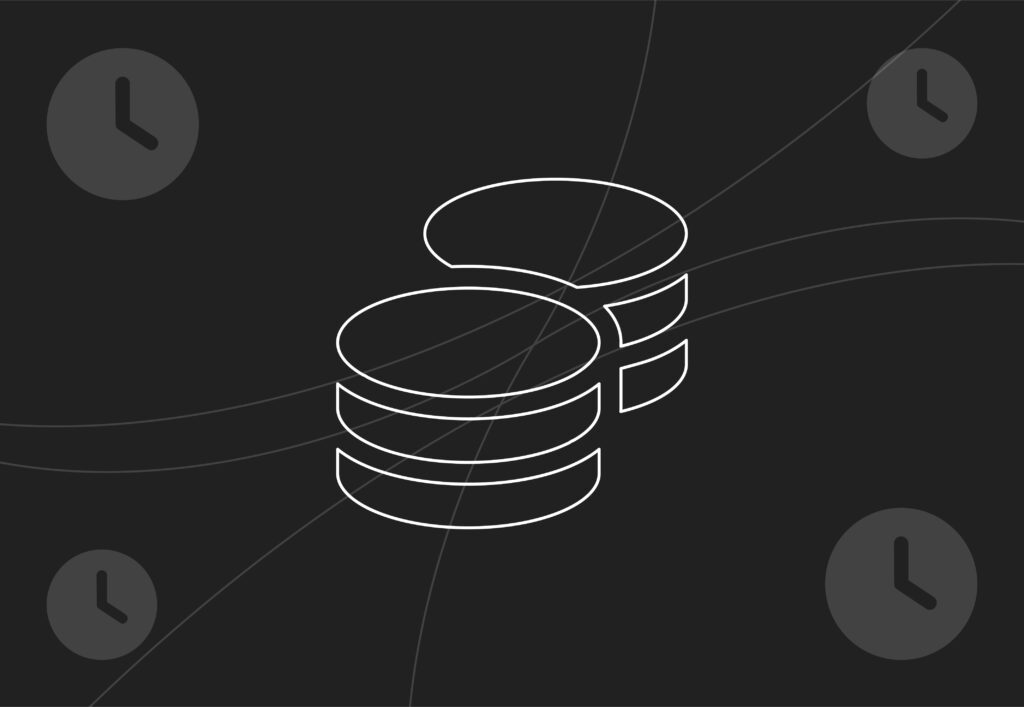
30 statistics to show how user intent changes across the year

User intent refers to the reason a user performs a search in the search engine. It’s a user’s ultimate goal and is a key factor in search engine optimisation (SEO) and content creation.
Understanding user intent is essential for brands and businesses looking to improve their SEO and content marketing strategy. It helps you understand who your target audience is, what they’re looking for, and why. This information is crucial in developing content that your audience genuinely wants to see and is relevant to their current needs.
However, the digital landscape is ever-shifting and user intent fluctuates often. Because of this, we’ve collected 30 statistics to highlight the changes in user intent across the year, hopefully helping you understand why a carefully curated SEO and content strategy is key!
Types of user intent
Before we dive into the stats, it’s important to understand the difference between the four main types of user intent. Ensure these points are considered in your marketing strategy for success.

The first type is informational intent which relates to when users are looking for information on a specific topic. Sometimes this can be as simple as asking Google for advice on a medical issue (we’ve all done it) or tips on what to get your mother-in-law for Christmas. Navigational intent refers to when users are looking to access a specific site or webpage. Unlike other types of intent, the user knows exactly what they’re searching for, such as “Facebook login” or “YouTube.”
For those operating in a given area, locational intent needs to be considered. This type of intent is more of a navigational query. It aims to show what the user is looking for in their immediate geographical location, be that a “coffee shop near me” or “plumbers in Manchester.”
Finally, we have transactional intent, which can also be known as ‘intent to buy’, and is pretty much self-explanatory – the user is looking to make a transaction, whether that’s purchasing a product or hiring a service.
Google search engine data
See our page with over 300 statistics about Google– here are a few examples below…
- Google is the most popular search engine, with 90.01% of the search engine market share.
- Semrush reported that there are 5.9 million Google searches per minute.
- They continued to state that top-ranking Google search results see a 22.4% click-through rate.
- Statista said that Google processes 5.9 million searches every minute.
- Google’s search index is over 100,000,000 GB in size.
Seasonal fluctuations
- Pinterest users start planning for Christmas 9 months early. Some even start in April – the same may be true for search users!
- All marketers should ensure they’re prepared for Christmas user intent ahead of December.
- Google reported that searches for books, toys, and games; cosmetics, apparel, and accessories; and home goods peak in December. Electronics are more popular in November due to Black Friday and Cyber Monday.
- They went on to say that 45% of consumers enjoy shopping during the time after Christmas.
- Forbes reported a 7.5% increase in e-commerce sales from 2022 to 2023 during Black Friday sales.
- Embryo reported in their guide, Code Black, that in 2023, businesses’ return on ad spend has seen a 26% decrease due to increasing costs.
- According to a Mastercard analysis from BCG, 46% of U.S. consumer holiday spending occurred after Cyber Monday and before December 24th 2022.
- Cherie Yates, manager of search at Ulta Beauty noticed in 2022 that 30% of their online orders were fulfilled through more than 1,350 physical stores.
- Google also observed that in January of 2023, there was a 50% surge in search interest regarding loyalty programs compared to the previous year.
- In 2022, in-store shopping climbed to record heights, topping $1 trillion for the first time, reported eMarketer.
Mobile versus desktop considerations
- Mobile makes up 58.21% of global internet traffic, reported Mobiloud.
- Desktop, on the other hand, has a 39.76% share of the total web traffic.
- Google reported that mobile website users tend to expect a website to load under three seconds, otherwise, 53% of visits are abandoned.
- In 2019 Broadband Search reported that 53% of total website traffic came from mobile users.
- Formstack reported that users are 46% less likely to shop around for other options when using a company’s mobile app.
- They went on to say that unique clicks are 15% greater on mobile-optimised websites.
SEO factors influencing user intent
- Forbes reported that around 73% of users report experiencing a slow-loading website.
- This shows us that users don’t want to wait for websites to load and 47% of users wait up to two seconds until they will leave the page.
- Hubspot has said that 30% of users will stop engaging with a website if the content or layout is unattractive.
- Between May 2023 and January 2024, search engine usage decreased by 12%, while social search usage increased by 4% reports Hubspot.
Audience behaviour
- It takes around 50 milliseconds (0.05 seconds) for users to form an opinion about your website and decide if they want to stay on the page.
- 87% of shoppers behind product searches online reported Retail Dive.
- Salesforce reports that 75% of consumers expect a consistent experience across every channel they choose to engage with.
- McKinsey & Company reported that 89% of marketers see a positive ROI when they use personalisation in campaigns.
- Google reported that 70% of smartphone owners who bought something in a store, first used their device for information relevant to the purchase.
Our tips for success
Now you know a bit more about user intent and have some key stats to consider!
As mentioned, user intent fluctuates across the year, no matter what industry you’re in, so to be ahead of the curve, ensure your SEO and content strategy is set up for success. Q4 especially is a busy time of year, so remember to build excitement with content partners in the months leading up to it.
Our Head of Organic, Dan McCartney has shared the following top tip about Black Friday considerations for specific pages.
“By keeping the page live it remains on search engine’s radar and can build authority over time.
It also means that any hard-earned links acquired through your digital PR campaigns will be maintained the following year, meaning, when Black Friday rolls around, you won’t be starting from scratch.”
If you want to take your search strategy to the next level, get in touch with our expert team here at Embryo today.




